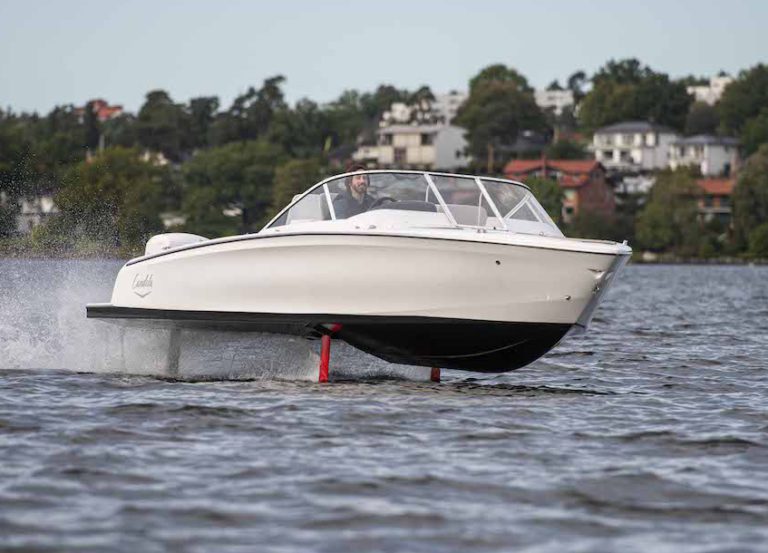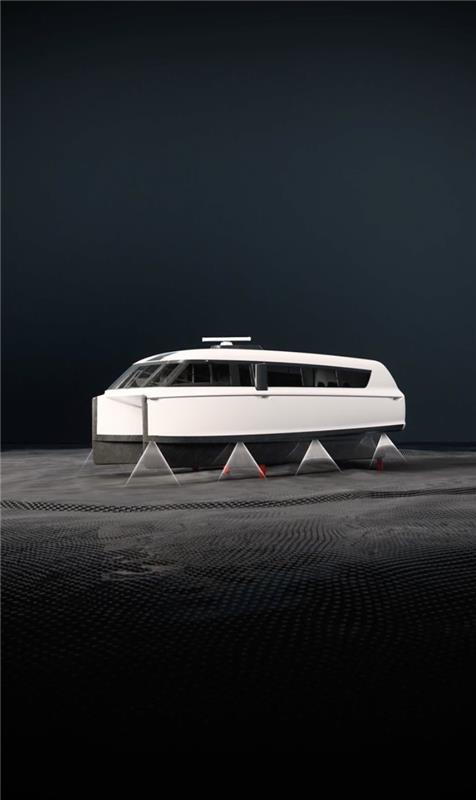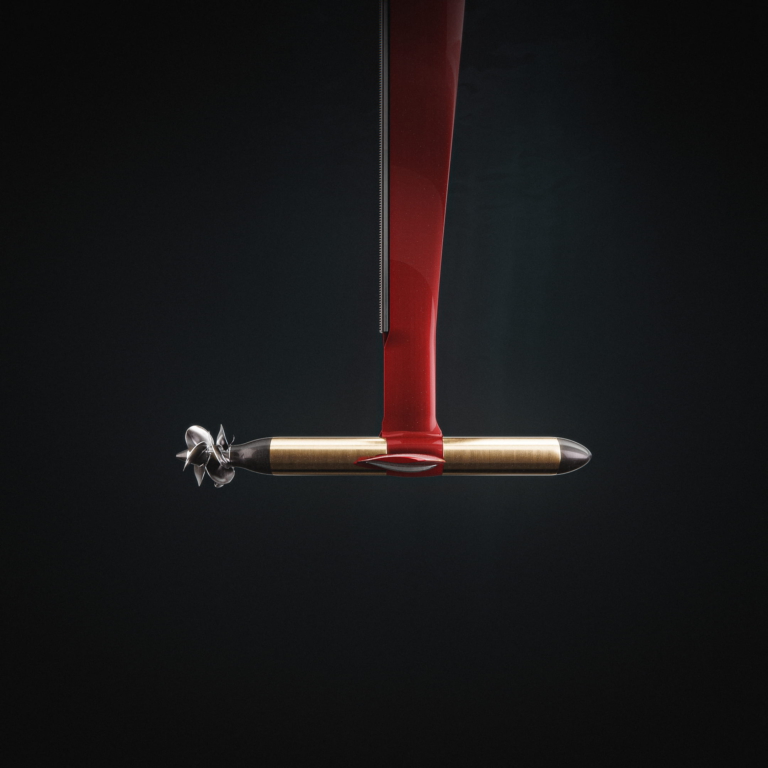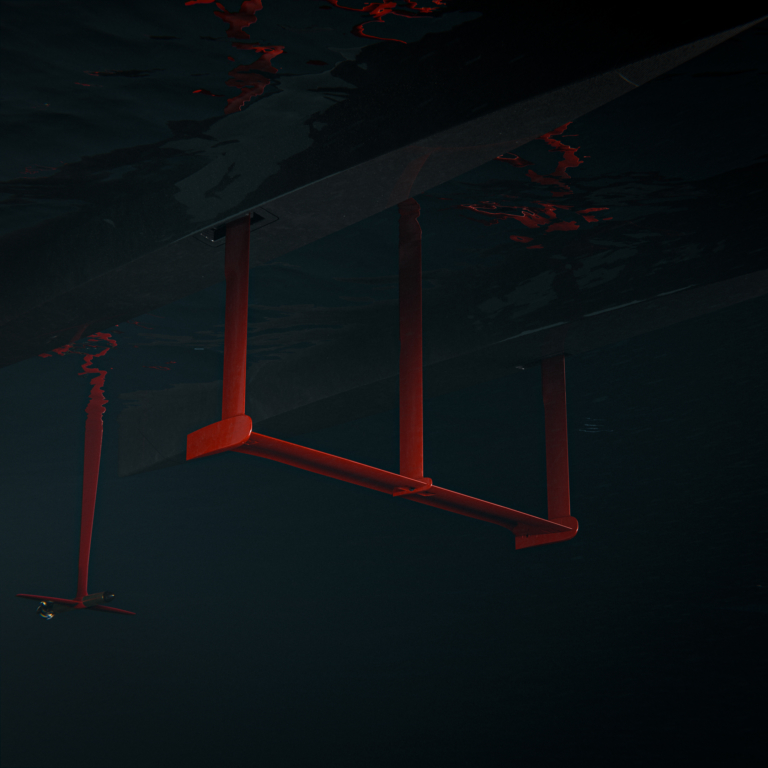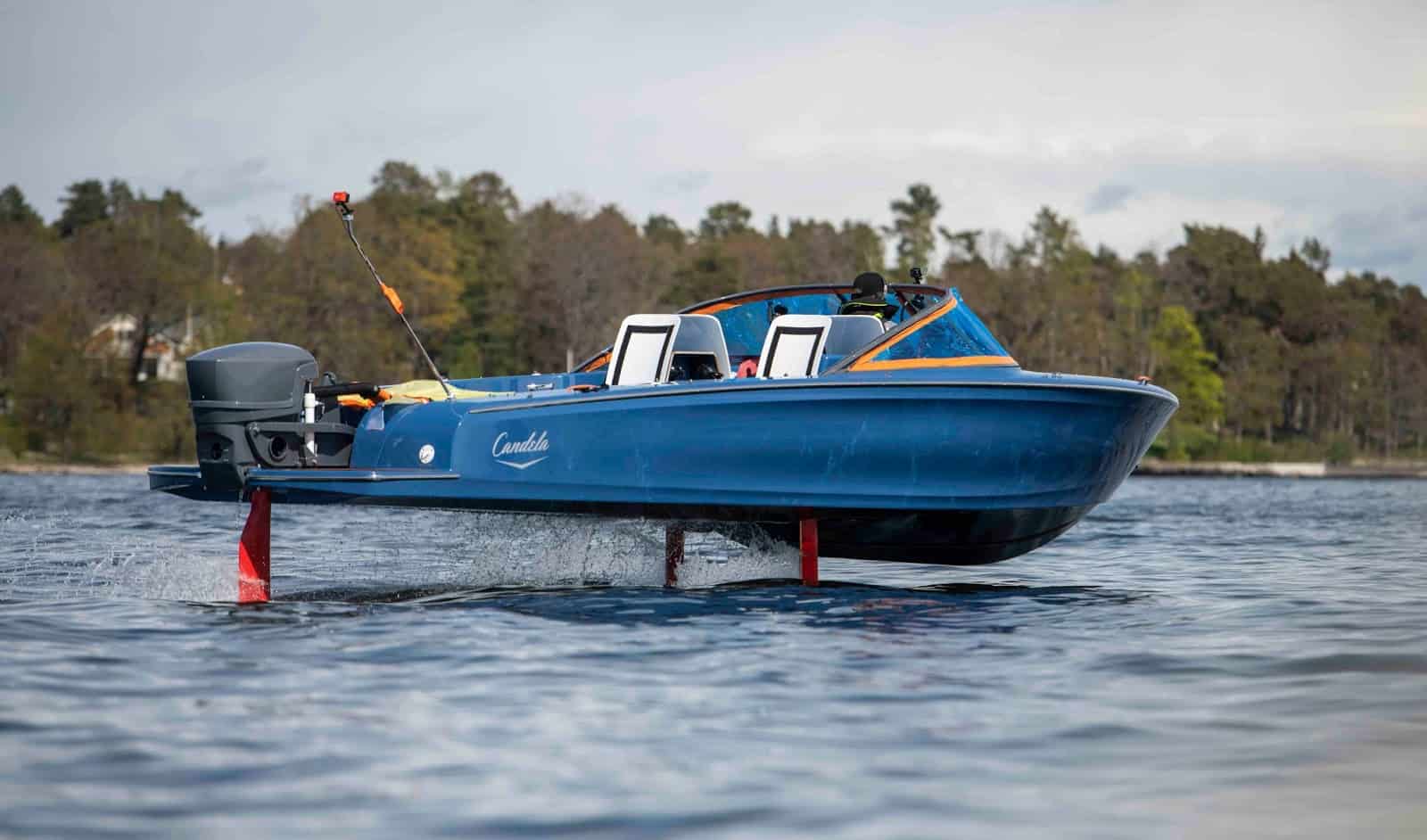Making boats electric is inherently difficult. A 7,5 m long planing leisure boat consumes 12-18 times more fuel than a family car. At the same time, one kg of gasoline contains ~15 times more usable energy than one kg of the most compact batteries. Because of this, electric boats have not been viewed as viable alternatives to combustion engine boats. Existing models are slow or have a very limited range. The current market for electric boats is consequently small, estimated to be less than 1 %.
The energy equation must be solved.
Since 2015, the team behind Candela Speed Boat AB is determined to find ways to make electric boats with both range and speed. The team consist of some of the leading experts in their respective fields with backgrounds from Eurocopter (structural composite engineering), Saab Gripen (flight control electronics), Artemis and Oracle racing (America’s Cup, hydrodynamics), Scania (transmission & hydraulics) and the Technical University of Denmark (dynamic modelling and software algorithms). In addition, the company is managed by people with many years of senior management and CEO-level experience from both start-ups and large global corporation.
At the end of 2016, a full-scale prototype was launched and, after some fine tuning, the target of more than 50 nautical miles per charge in 20 knots was reached! That has never been achieved by an electric pleasure boat before.
The achieved range is ~4 times higher than the best electric boats currently on the market and is close to or on par with combustion engine boats of the same size.
The energy reduction is achieved by the use of:
- Hydrofoils which massively reduce the friction against the water compared to a planing boat
- An advanced digital control system that stabilizes the boat
- A very light design using carbon composites and design principles from the aviation industry
In addition to solving the range issue, the Candela C-7 features:
- No slamming in moderate waves
- A completely silent ride
- Almost no generation of wakes which preserves lakes and coast lines
- A mileage cost that is 95% lower than for a comparable gasoline boat
- Very limited maintenance costs due to a less complex electric drive train
The first customer deliveries were completed in the spring of 2019.
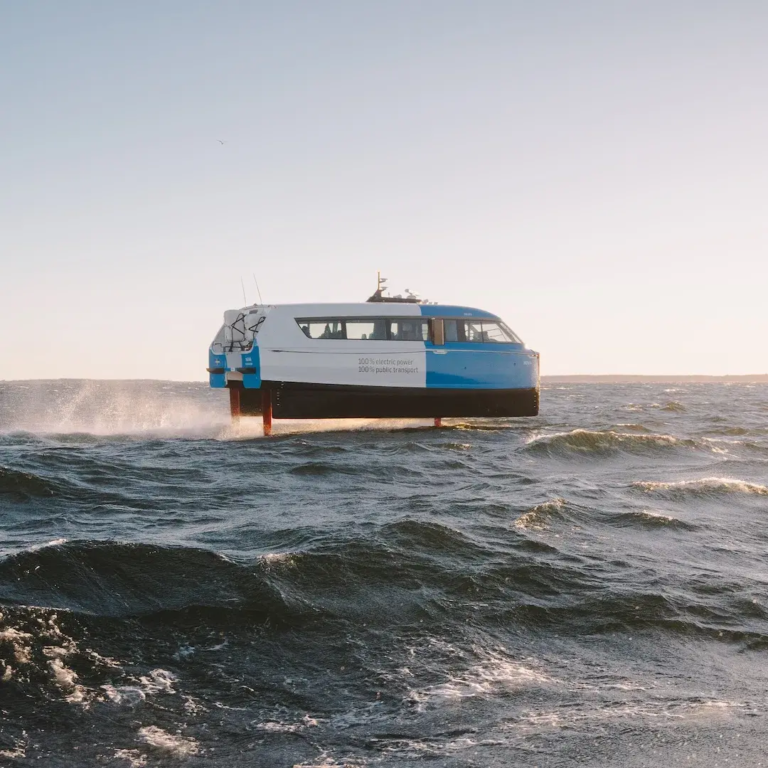 Overview
Overview 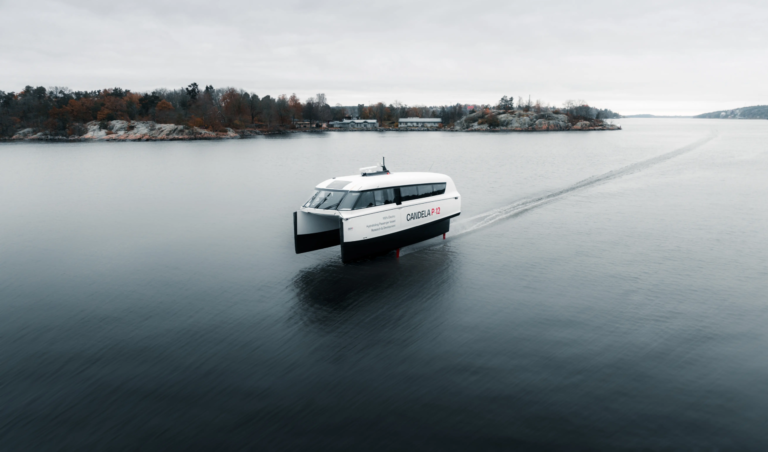 P-12
P-12 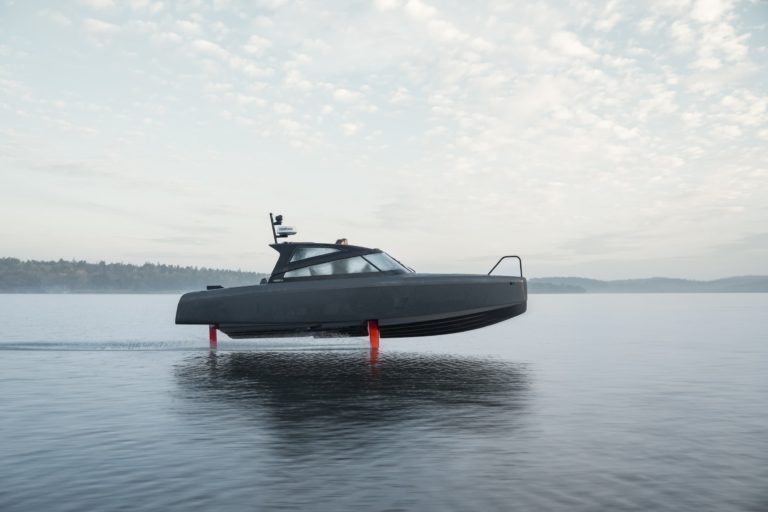
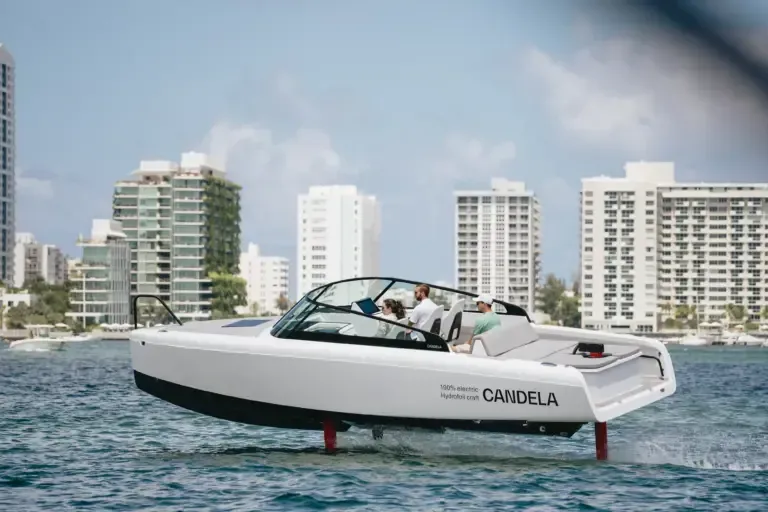 C-8
C-8 